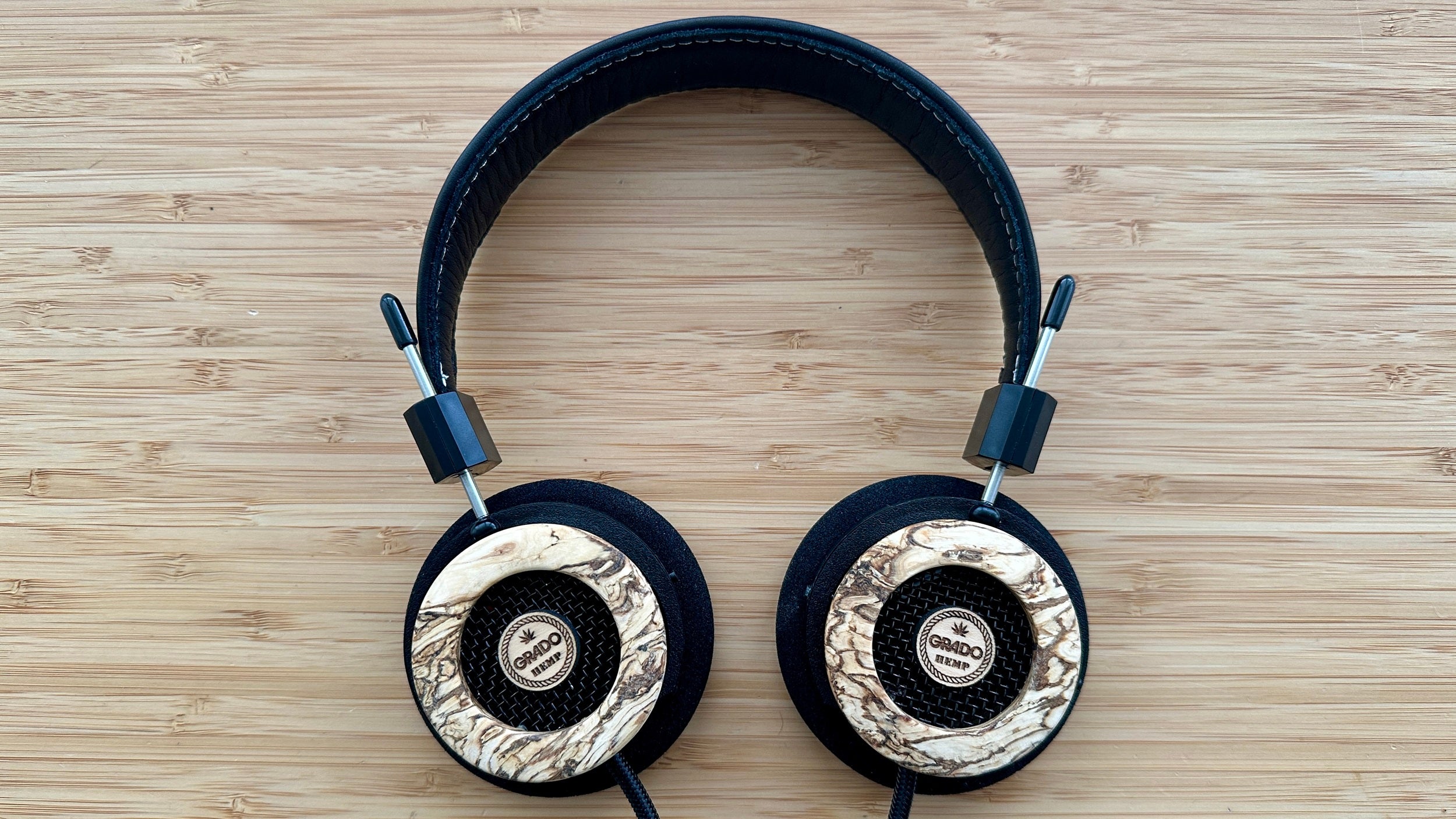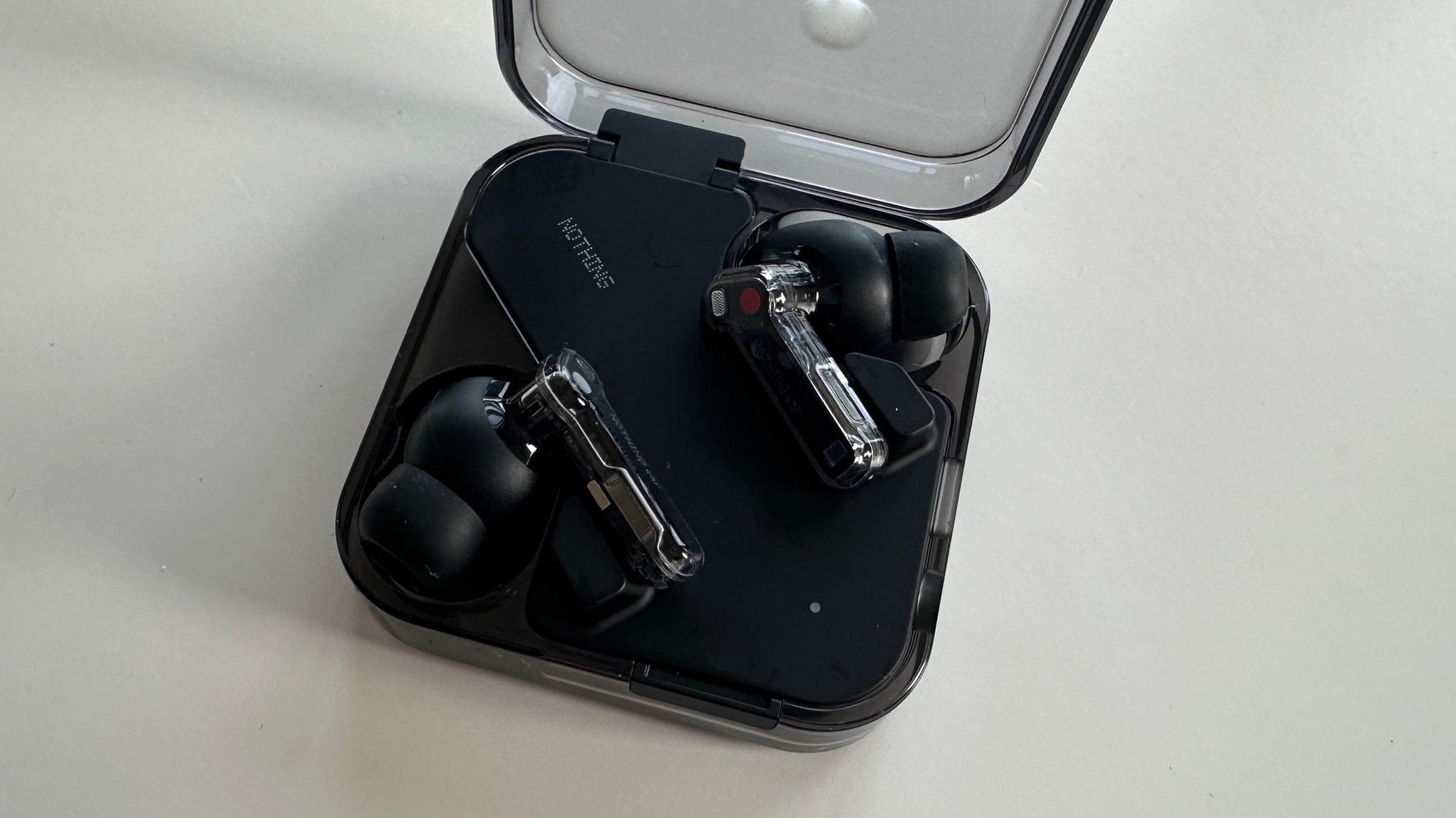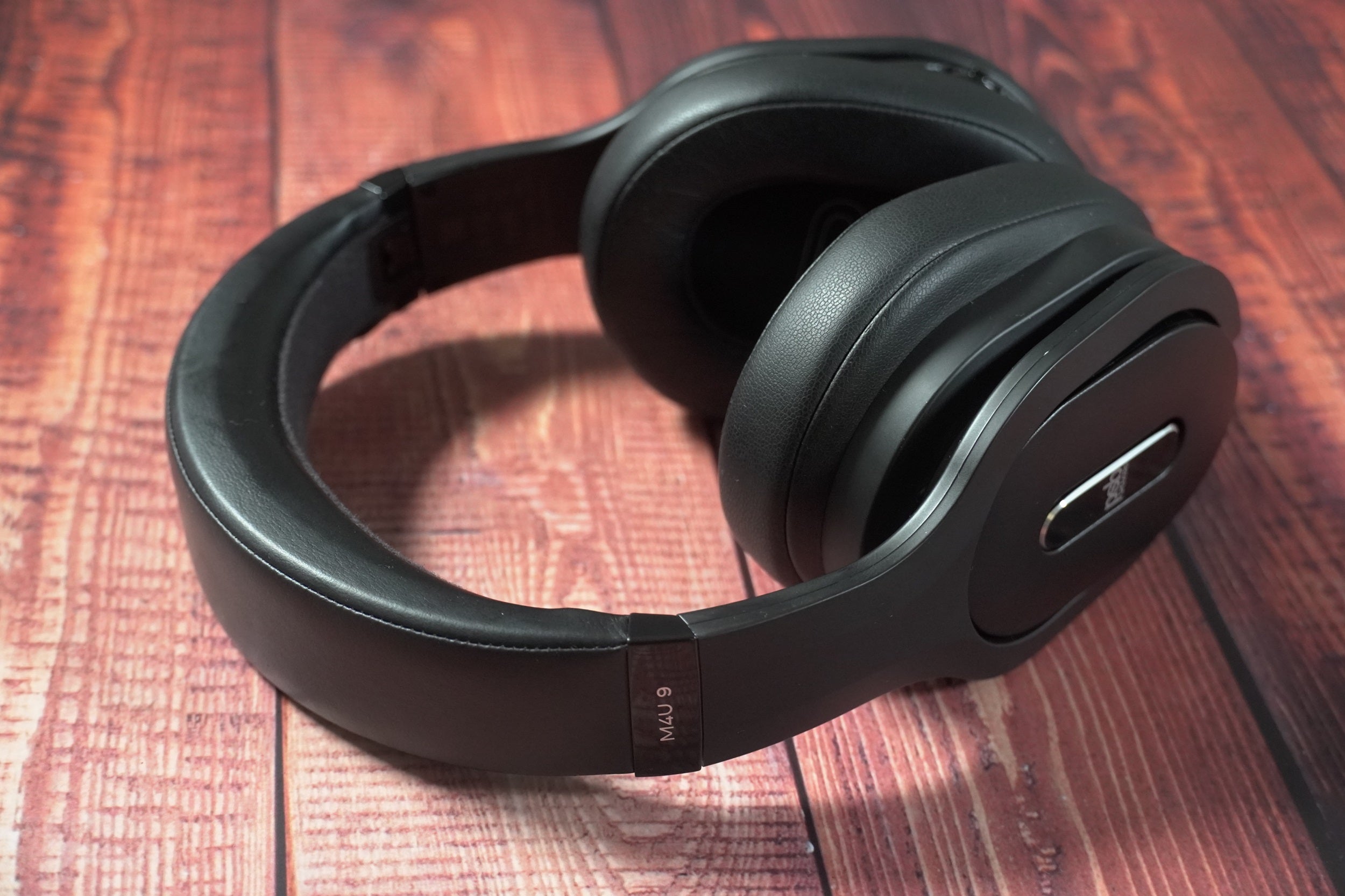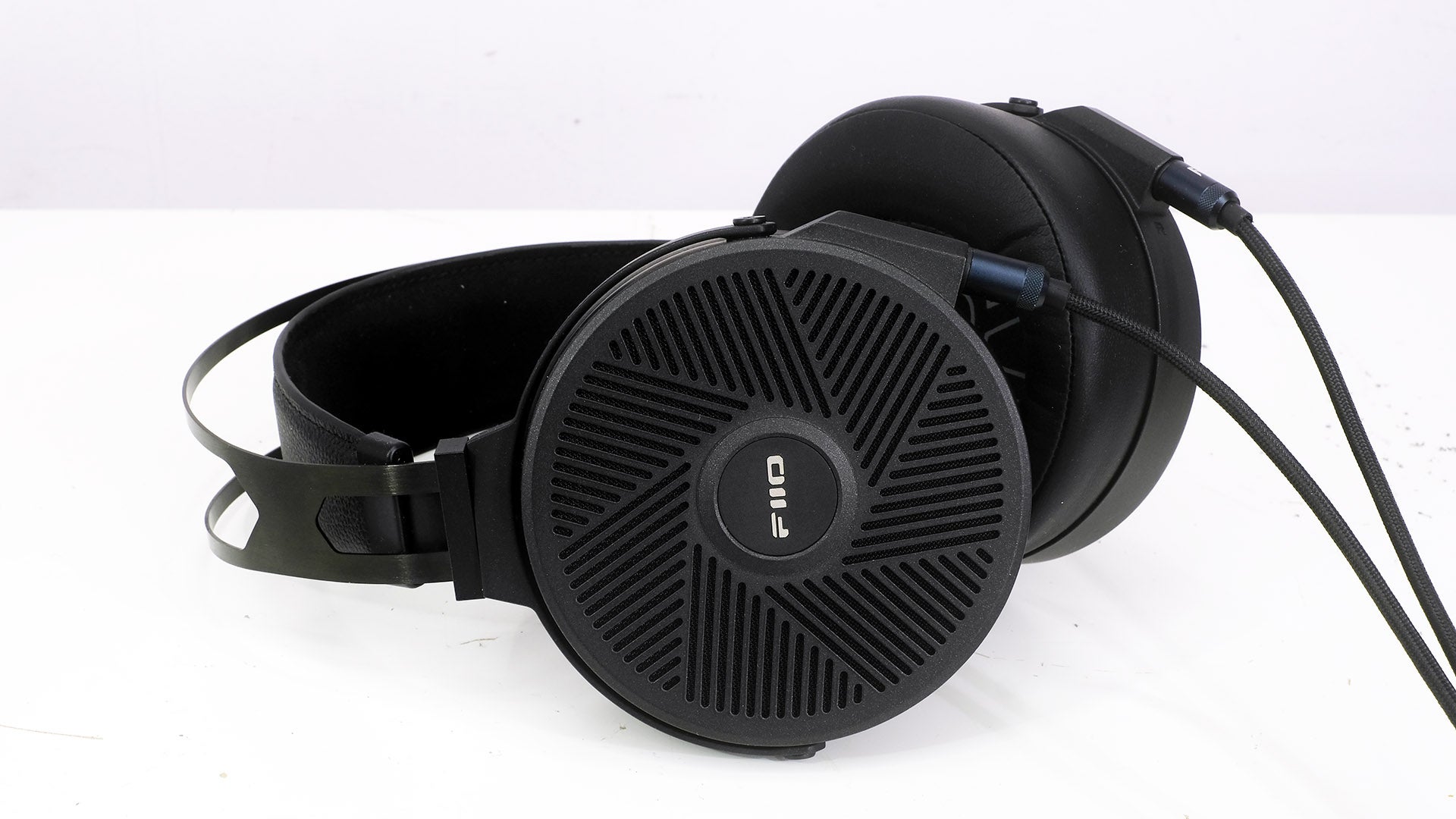Shokz OpenSwim Review
Shokz's dives into the pool with its OpenSwim bone conduction headphones
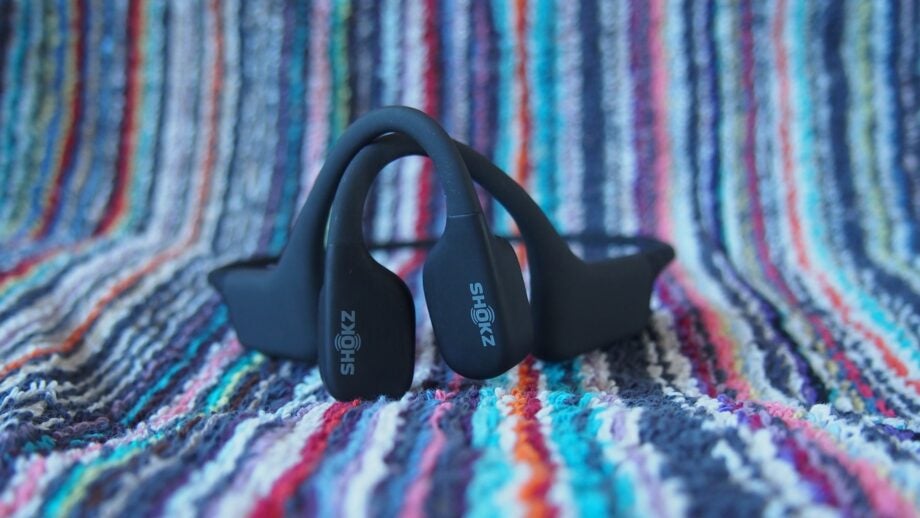

Verdict
The Shokz OpenSwim offers solid sound in the water for swims. Back on land, you just need to have the willingness to throw your own audio files onto it to make the most of it and live without the Bluetooth streaming support for other listening occasions.
Pros
- Comfortable and secure to wear during swims
- Good sound quality underwater
- Easy to use controls
Cons
- Lack of Bluetooth streaming
- Proprietary charging cable
- No fast charging
Availability
- UKRRP: £139.95
- USARRP: $149.95
- EuropeRRP: €159.95
- CanadaTBC
- AustraliaRRP: AU$219.95
Key Features
- Water resistanceRated up to IP68 to survive depths of 50m in water
- MP3 storage4GB of storage for music
- Battery8 hours of battery life
Introduction
The Shokz OpenSwim is largely a rebranding exercise for the bone conduction headphone company, which, along with changing its name, also decided to change the title of its headphone range.
So the AfterShokz Xtrainerz is now the Shokz OpenSwim, carrying the same promise of letting you listen to audio during a swimming session.
These earphones still do that through bone conduction technology, keeping you aware of your surroundings as you seek out some audio company when jumping in that pool or open-water swimming spot. The OpenSwim set retails for £139.95 / $149.95 / AUS$219.95, making it slightly pricier than Shokz’s OpenRun headphones.
While literally thousands of sports headphones are built for workouts on land, there are fewer options out there for swimmers. So, does the OpenSwim rise to the surface and deliver the goods in and outside of the water?
Design
- IP68 waterproof design
- Physical controls
- Comes with earplugs and case
Shokz has pretty much settled on a look for all of its earphones and that’s a wraparound-style band that rests on the top of the back of your neck, planting the arms of the headphones in close proximity to your ears.
The OpenSwim looks nearly identical to the more running-focused OpenRun and OpenRun Pro, aside from the splatters of white on the frame and the absent multi-function button, which is primarily used for handling calls on the OpenRun. The OpenSwim lacks an onboard microphone to enable support for calls.
What makes it suitable for swimming is the IP68 waterproof certification, which deems these earphones fit for being submerged in water of up to 50m. It works in open water and pools, and I haven’t experienced any performance or operational issues with these headphones in my water-based testing time.

Shokz says you can wear the earphones comfortably under a swimming cap, and that wasn’t a problem for me either. I tried them with and without a cap, and they wrap around securely without exerting any noticeable pressure on longer swims. Using them with a cap certainly reduces the chances that they’ll move about, but going capless doesn’t mean they’re more susceptible to budging when you start moving around.
The OpenSwim set uses the same titanium in the frame as other Shokz earphones. This means the headphones are made of strong, durable materials that don’t add any sort of considerable weight that would make them uncomfortable to wear for longer periods. I’ve also used these for outdoor and treadmill runs, and they’ve been comfortable to wear for non-swimming activities too.
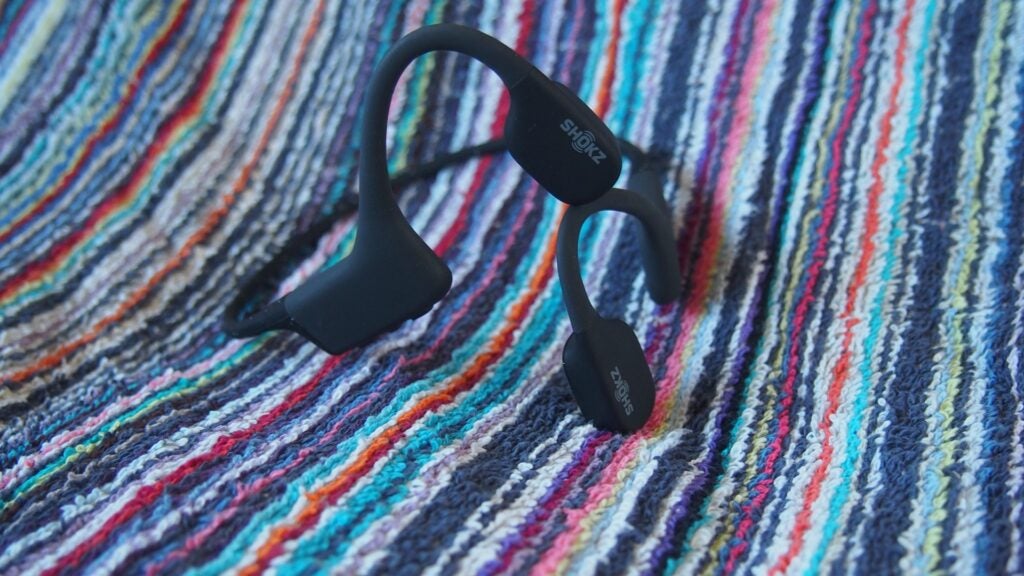
Unsurprisingly, there are some easy-to-reach physical buttons included, which sit under one of the arms, keeping them out of sight. You can use those buttons to turn on the headphones, skip backward and forward a track, adjust volume and check battery status. There’s also an additional mode button, which is tucked away and offers support to skip music folders, switch between the two available EQ modes and choose whether to enable playback features like the shuffle mode.
Outside of the headphones, Shokz does also include swimming earplugs to better isolate sound, although I found they’re not integral to getting the best audio. There’s also a silicone carry case, which is useful if you’re keeping the headphones by the poolside or want to make sure they don’t get soaked when you throw them in your bag with your wet swimming gear later.
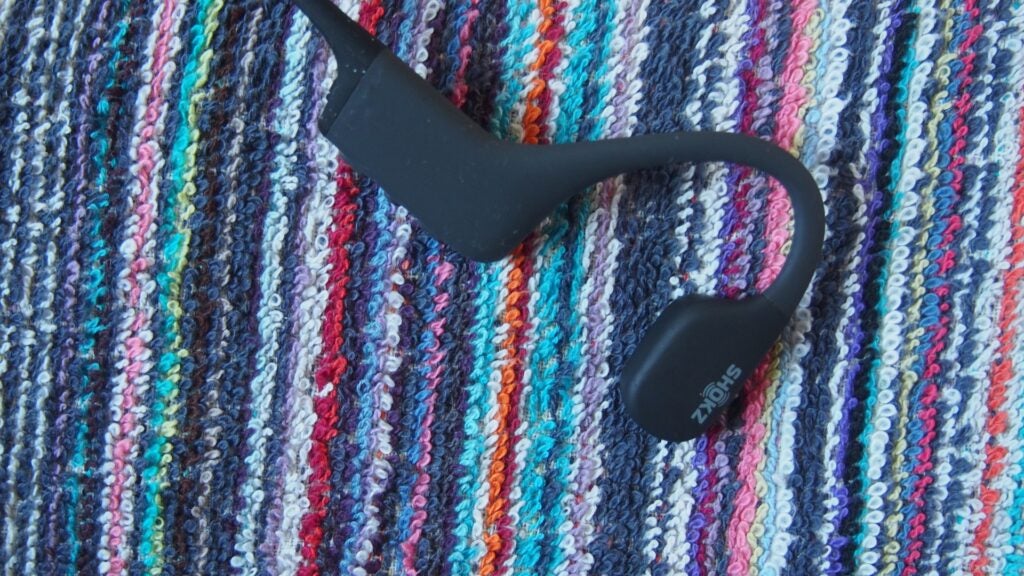
Features
- 4GB music player
- Up to 8 hours of battery life
- No Bluetooth
The first thing to address about the OpenSwim is the way it delivers audio to your ears in the water. Shokz does it by using its bone conduction PremiumPitch 2.0 technology, and the audio comes from the built-in 4GB music player, which has enough room for roughly 1,200 songs. There’s no Bluetooth streaming, which is less of an issue in water, as Bluetooth and swimming don’t mix, but more of a problem if you want to use these headphones to stream other audio.
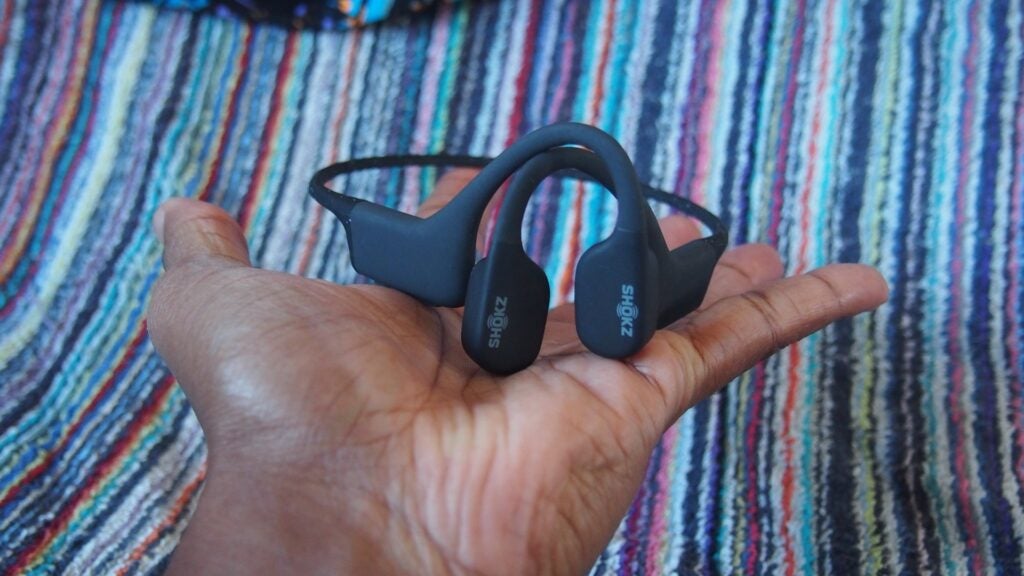
To get audio onto the OpenSwim, you’ll need to plug it into a computer with the proprietary charging cable and then drag and drop MP3, WAV, WMA, AAC, and FLAC file formats onto it. These can be placed into different folders, but everything has to be your own purchased audio. Unfortunately, you can’t load offline playlists from streaming services, such as Spotify, which would make these earphones far more desirable.
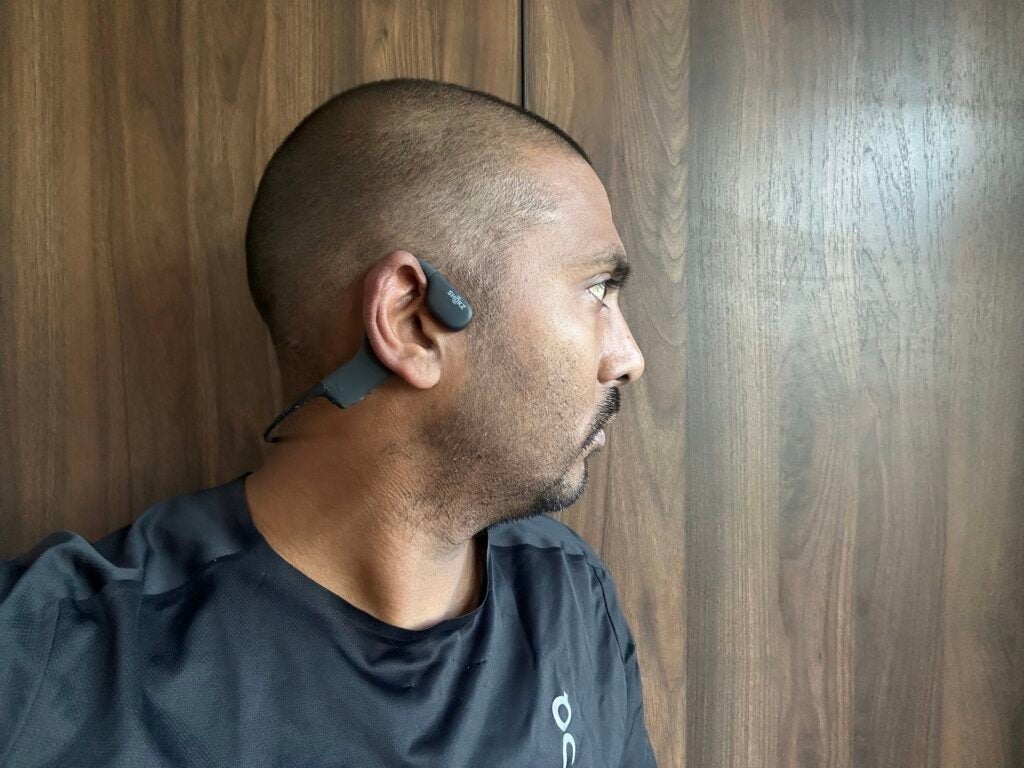
On the battery front, music player streaming does generally tend to hit the battery harder than Bluetooth streaming, and it also depends on the volume you’re listening at. Shokz claims you can get up to eight hours of battery life, and I’d say it can perhaps drop one or possibly two hours below that, depending on the listening volume. You do get battery prompts through the headphones, although letting you know the battery is high, medium or low doesn’t give a precise sense of the level you’re playing with.
There’s also no fast charging support, which was included on Shokz’s OpenRun headphones, with the OpenSwim taking up to two hours to get from zero to 100%. You’ll have to deal with a proprietary charging cable here as well.
Sound Quality
- Bone conduction PremiumPitch 2.0 technology
- Two listening modes
- Favours clarity and detail over bass
On the sound front, Shokz OpenSwim offers the option of two listening modes. There’s a general mode and a swimming mode. The general mode is designed to offer a more balanced sound for listening to music, while the swimming mode is optimised for listening in the water. Those two modes are clearly distinguishable out of the water, but I’d say less so when submerged.
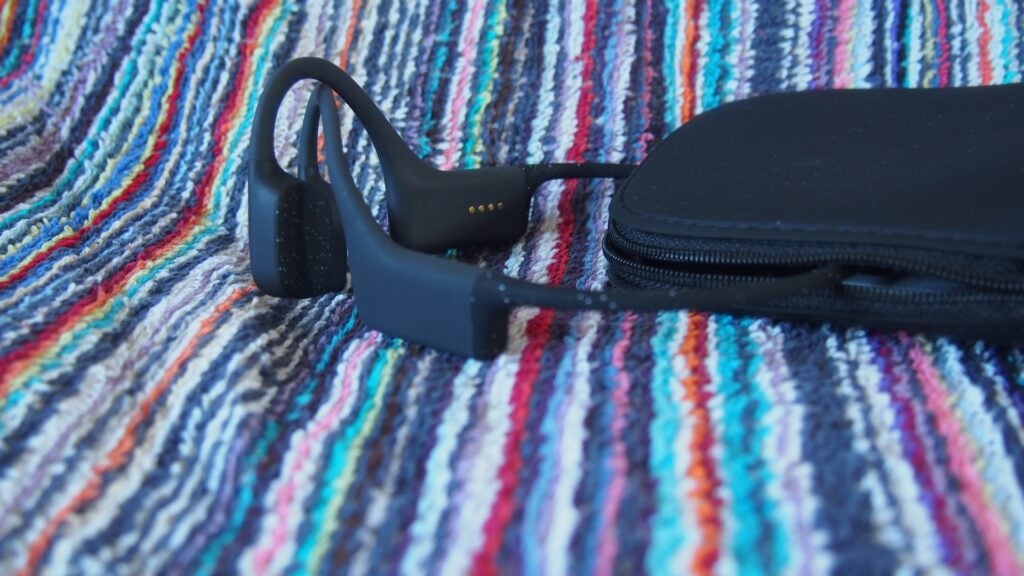
The general mode offers a sound profile that’s a little more well-rounded, warmer and punchier overall. When you switch things up to the swimming mode, there’s an emphasis on loudness and clarity. Ultimately, though, I don’t think using the general EQ mode during swims is necessarily off-limits, and I actually found it offered the more rewarding sound when submerged, especially when listening to more bass-heavy audio.
Before you dunk your head in the water, these headphones sound pretty much like most other bone conduction pairs: clarity and detail come before power and bass. Once submerged, it’s an entirely different story, and that sound gets effectively channelled towards your ears without any horrible murkiness, and audio is surprisingly clear, loud and enjoyable.
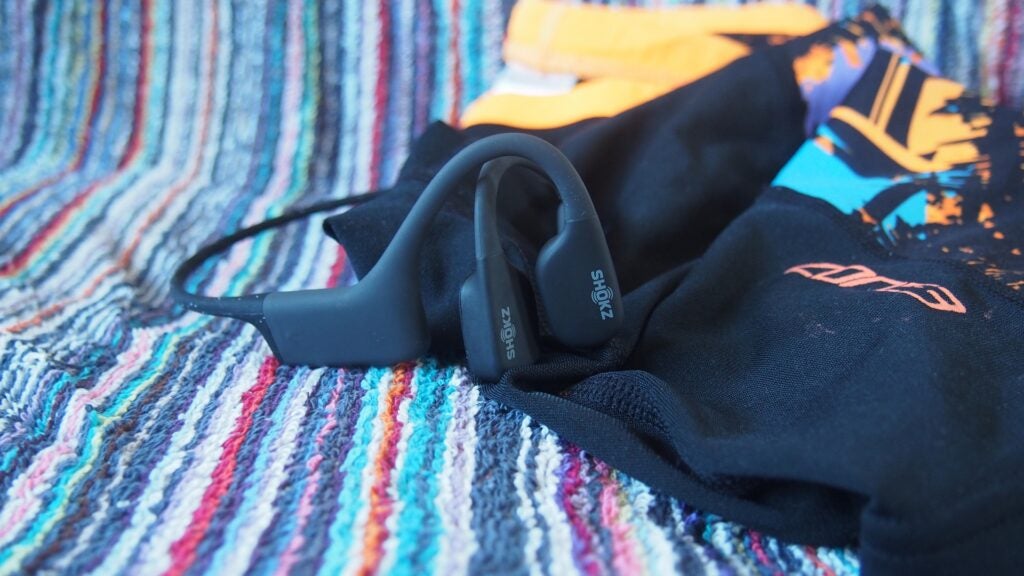
Switching to that swimming EQ mode feels better suited if you’re listening to audiobooks or podcasts, but I think outside of that, the general mode does a very good job of delivering pleasing audio to your ears in the water.
You still have that awareness of swimmers around you when you bob your head back up, but it certainly doesn’t overpower the audio delivered by these headphones. Sound leakage is undeniably an issue here, but that’s a criticism you can level at all bone conduction headphones, and it’s definitely less of a problem while in the water.
Latest Deals
Should you buy it?
You want a great pair of headphones for swimming: The Shokz OpenSwim delivers rewarding audio when you’re submerged in water.
You want headphones for music-player-free listening: Outside of listening to your own audio, the Shokz OpenSwim isn’t very useful.
Final Thoughts
Shokz has set out to provide a set of headphones that offer strong audio when you’re swimming, and it does deliver on that front. They’re comfortable and secure to wear in the water, the controls are easy to use, and you have a good amount of battery life to play with. The big issues here are that you need to be willing to drag and drop your own music onto them and the lack of Bluetooth – this is a huge negative given the price here.
How We Test
We test every set of headphones we review thoroughly over an extended period of time. We use industry standard tests to compare features properly. We’ll always tell you what we find. We never, ever, accept money to review a product.
Find out more about how we test in our ethics policy.
Tested for more than a week
Tested with real world use
FAQs
As these headphones are mainly for use in water, there is no support for Bluetooth streaming.
Full Specs
Sustainability
Trusted Reviews’ holds the fact that global warming is not a myth as a core value and will continuously endeavour to help protect our planet from harm in its business practices.
As part of this mission, whenever we review a product we send the company a series of questions to help us gauge and make transparent the impact the device has on the environment.
We currently haven’t received answers to the questions on this product, but will update this page the moment we do. You can see a detailed breakdown of the questions we ask and why in our sustainability info page.



